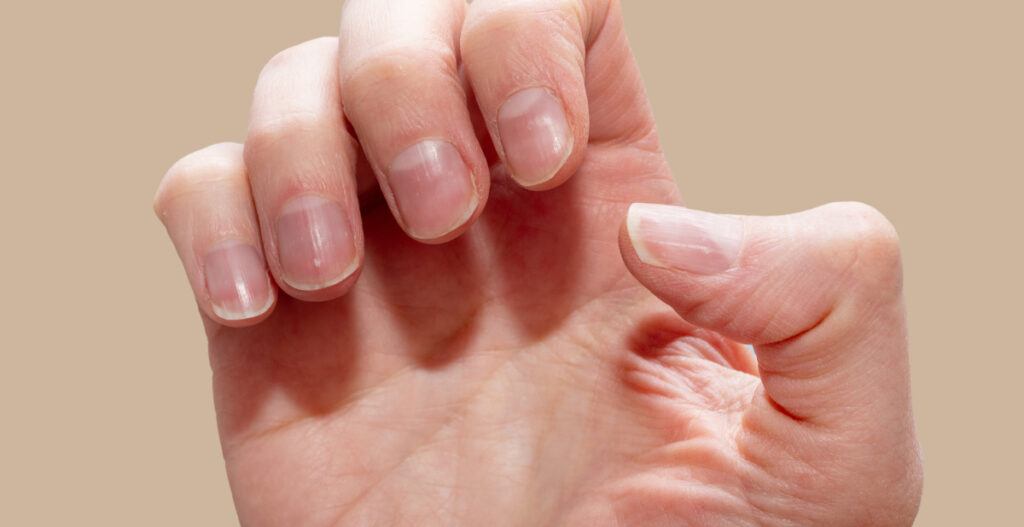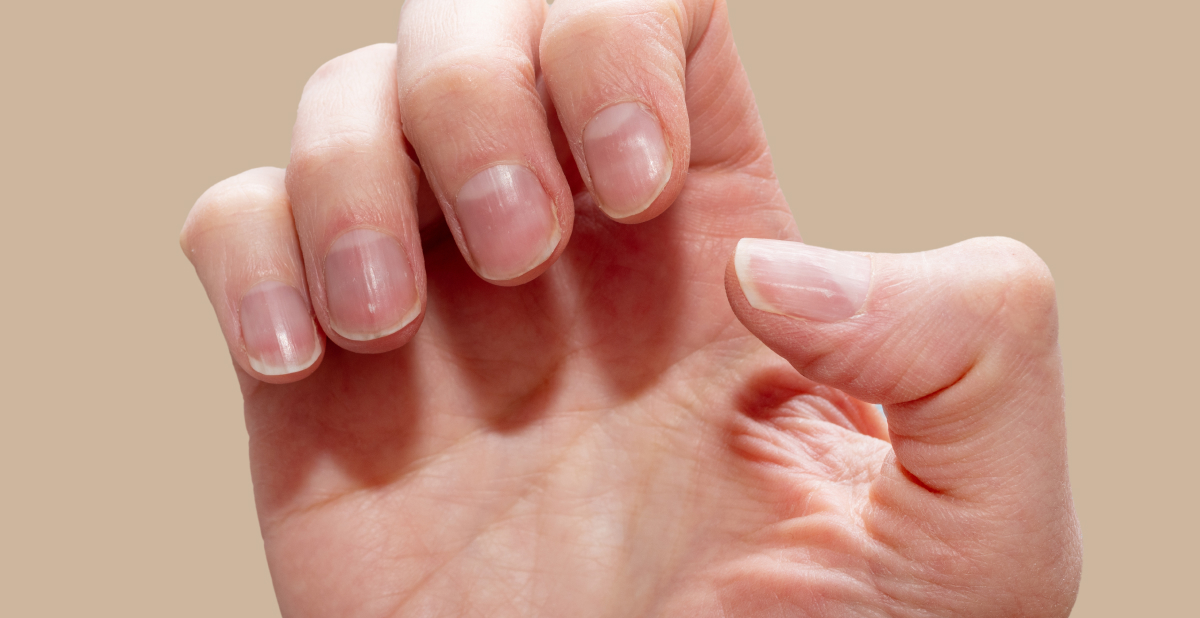The health and appearance of nails, hair, and skin are critical for human well-being and self-expression, yet factors like aging, stress, and diseases often lead to unmet needs in their quality. Silicon (Si), a significant trace element, is crucial for maintaining the structural integrity of these tissues, primarily by optimizing collagen synthesis and enhancing keratin stability, which can reduce hair loss and nail fragility. As individuals age, natural silicon levels tend to decline, prompting interest in interventions to combat age-related tissue degradation. Collagen, a fibrous protein, is fundamental for the strength, resilience, and overall health of nails, contributing to their structure and preventing brittleness.
Despite the recognized benefits of silicon, effective topical delivery methods have remained underexplored. Traditional oral silicon supplementation faces challenges, such as the presence of insoluble forms in food and the need for conversion to orthosilicic acid (OSA) for bioavailability, with precise absorption profiles not fully understood. To overcome these limitations, topical administration offers a promising alternative by bypassing first-pass metabolism, allowing for higher local concentrations of active ingredients directly at the target area, thereby potentially enhancing collagen synthesis more effectively. The use of calcium silicate-based formulations was considered a potential solution because silicon needs to be delivered in a soluble form for topical application. Unlike silicon dioxide (SiO2), which has limited solubility at neutral pH, calcium silicate salts are significantly more soluble in water. This increased solubility facilitates higher silicon concentrations and improves diffusion through the skin barrier, allowing silicon ions to penetrate the dense keratin structure of the nail plate and reach the underlying nail bed, where they can stimulate collagen synthesis and improve nail strength and quality. The theoretical local concentrations of silicon achievable from calcium silicate dissolution are approximately 80 times higher than those typically found in human blood.
Methods
The research involved a two-pronged approach: an in vitro assessment of calcium silicate dissolution and ion release, and a 28-day, single-arm clinical evaluation of its effects on nail thickness and strength. For the in vitro component, a nail serum containing 1 wt% calcium silicate in a base oil was prepared, and the release of calcium and silicon ions upon exposure to water, along with pH changes, was analyzed using Inductively Coupled Plasma Optical Emission Spectroscopy (ICP-OES). The clinical study involved 22 participants with documented weak or thin nails, who applied the serum twice daily to fingernails and cuticles. Nail thickness and strength were clinically evaluated by a blinded dermatologist at baseline and Day 28 using a 5-point ordinal scale, complemented by dermatoscopic imaging and subjective participant questionnaires. Statistical analysis of clinical variables employed the Wilcoxon signed-rank test.
Key Findings
• Significant Ion Release: In vitro studies demonstrated stable dissolution and significant release of silicon (around 131.8 mg/L) and calcium (41.3 mg/L) from the calcium silicate serum, with a stable pH of 10.
• Increased Nail Thickness: Clinical evaluation revealed a statistically significant improvement in nail thickness, with the mean score increasing from 1.50 ± 0.51 to 2.09 ± 0.53 after 28 days, representing a 39% mean increase. This change was highly significant (p = 3.63 × 10−4), and 59% of participants showed individual improvement.
• Enhanced Nail Strength: Nail strength scores significantly improved from a baseline mean of 1.50 ± 0.51 to 2.45 ± 0.67 by Day 28, indicating a 64% average increase. This improvement was also highly statistically significant (p = 3.15 × 10−5), with 86% of participants exhibiting measurable enhancement.
• Visible Improvements: Dermatoscopic imaging and visual observations supported the clinical findings, showing smoother, more uniform nail surfaces, reduced flaking and ridges, improved translucency, and healthier cuticles post-treatment.
• High Subjective Satisfaction: A majority of participants (90.91%) expressed overall satisfaction with the product, and 86.36% indicated a preference for BAM Oil over their usual product. Over 63% reported healthier-looking nails due to increased thickness, and nearly 60% noted reduced breakage. The product’s odor received 100% satisfaction.
• Safety and Acceptability: No adverse effects or safety concerns were reported, and the treatment was well-accepted with high compliance.
• Unexpected Calcium Presence: An unexpected observation was the presence of calcium in post-treatment nail samples, suggesting that the formulation might enhance calcium incorporation or retention in nail tissue, potentially through synergistic interactions with silicon or serum constituents.
Despite the limitations of a small sample size, short duration, and the absence of a control group in the clinical study, the promising results warrant further research. Future implications include the need for larger, placebo-controlled trials to validate these findings and rule out placebo effects, as well as longer-term studies to assess the durability of treatment benefits given the slow growth rate of nails. Further research should also focus on exploring the mechanistic roles of both silicon and calcium in nail physiology, potentially investigating calcium’s impact on nail mineralization or keratin structure stabilization. Additionally, elucidating the diffusion kinetics of silicon and calcium through the nail plate using techniques like confocal microscopy or tracer studies could help optimize formulation design and enhance bioavailability at the target site. The calcium silicate-based serum holds potential for incorporation into routine nail care for individuals with weak, thin, or brittle nails, and as part of professional treatments in hand and foot care clinics.
Link to the study: https://www.mdpi.com/2079-9284/12/5/196


